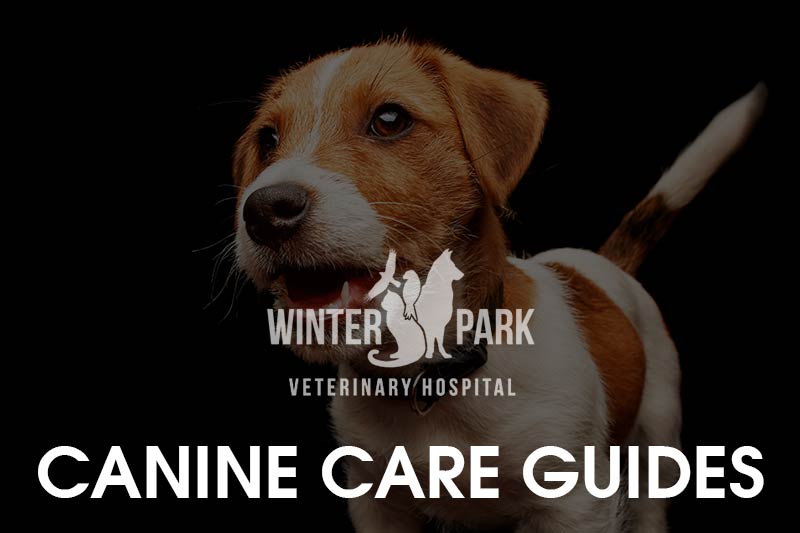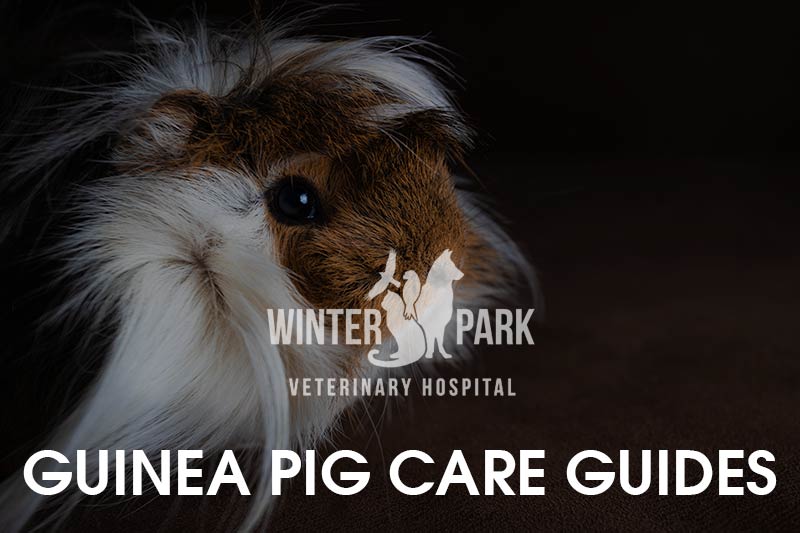Epizootic Catarrhal Enteritis (ECE)
Download Ferret Care Guide – PDF
By Sue Peet, CVT and Scott Truex, DVM
Ferrets are commonly diagnosed with gastrointestinal disorders. The most common disorders include foreign body ingestion, proliferative bowel disease that is associated with Campylobacter jejunini, Eosinophilic gastroenteritis, and gastric ulceration probably due to Hellcobacter mustelae. However, a few years ago, a new intestinal diarrhea emerged. It was given a variety of names such as the, “Green Diarrhea,” “Green Slime, and the, “Mystery Disease.” It is now formally called Epizootic Catarrhal Enteritis (ECE). The virus first appeared on the East Coast of the U.S. at many ferret shows and rescues. The virus was having such an impact on the ferret community that ferret shows were being cancelled.
ECE is apparently a virus that causes severe liver inflammation that then expands to affect the intestinal tract as well. The infection causes death of the cells lining the intestinal tract, resulting in the inability to absorb nutrients. The disease received its name from the characteristic hypersecretion of mucus in the stools of recovering ferrets. An exact viral organism has not yet been identified, but indications are that it may be a coronavirus.
This disease is extremely contagious and does not require the ferret to have direct contact with another ferret for transmission. At this time, it is thought that the virus lives in the infected feces up to 6 months. Recovered ferrets that are not showing any clinical signs of ECE can even spread the virus. It is also spread by peoples’ clothing, shoes, or hands. It is believed that the incubation period is 2-3 days, but could be much longer. A common scenario is a ferret without any signs of being sick is brought into a home with other ferrets, and then the ferrets already in the home become ill.
The signs of ECE usually appear in this order: anorexia, vomiting, and watery bright green or forest green diarrhea, which may later lead to birdseed-looking stool. Birdseed stool can be a sign of continued malabsorption. It is very important not to interpret the presence of greenish stools as a definite diagnosis of ECE. Green stools can simple be the result of a quick transit time of food through the intestines. It is important to give your ferret a food designed for ferrets.
Diagnosis is usually based on the above signs and especially if a ferret was recently added to your household. A complete blood count (CBC) might show a high white blood cell count (WBC), indicating infection and inflammation, and anemia may also be present. The ferret may have elevated liver enzymes (SGPT [>800] and a high SAP) which may indicate hepatic (liver) along with intestinal involvement. This virus affects the older ferret more seriously especially if they have a concurrent problem such as adrenal cancer or insulinoma.
Treatment varies with each veterinarian. However, fluid replacement of up to 90ml/kg/day plus any fluid losses from vomiting and diarrhea is imperative. Some experienced owners can give fluids at home subcutaneously as well as giving Pedialyte orally. A bland diet should be fed to the anorexic ferret every two to four hours. It seems that Gerber’s second stage chicken baby food is a good choice because of its high digestibility. Many ferrets like the taste of this food and will readily accept it off of your finger. This is not always the case when a ferret has ECE. Most ferrets do not want to eat and syringe feeding Deliver 2.0 by Mead/Johnson may help. Deliver 2.0 is a high-calorie oral formula that can be found at a pharmacy or your veterinarian office.
There is not a vaccine available at this time for ECE. Ferrets with ECE should not be hospitalized because of the chance of spreading the disease to other ferrets. We discourage ferret owners from taking any ferrets to ferret shows due to the chance of infection. Spread of this disease can only be prevented by strict hygiene prior to handling non-affected ferrets. It is recommended to change your clothes and shower after handling any possible infected ferrets. It is probably a good idea to consider any ferret with diarrhea as potentially contagious and isolate any new ferret prior to introducing them to your established family. At this time, Dr. Bruce Williams is recommending quarantining new ferrets for 6-8 months.
Aggressive therapy is the best treatment. A trip to your ferret veterinarian as soon as possible will greatly increase the change for survival for your beloved family member. Also, it is not uncommon for relapses to occur, so be aware of, “The Return of the Greenies.”








